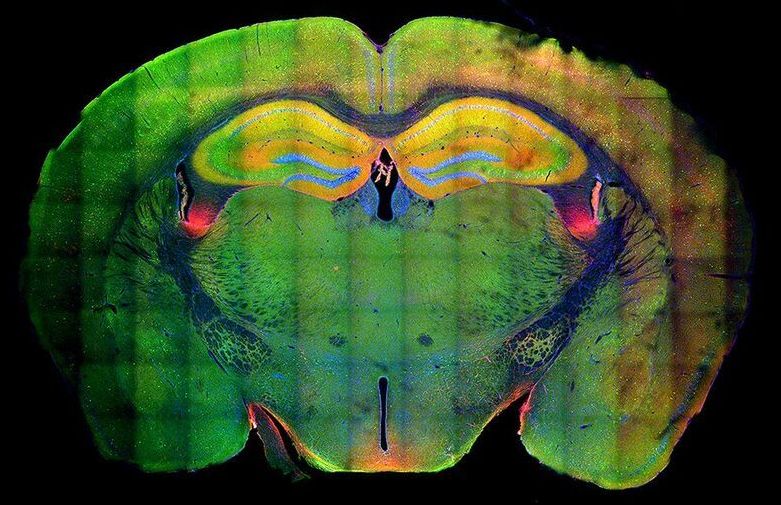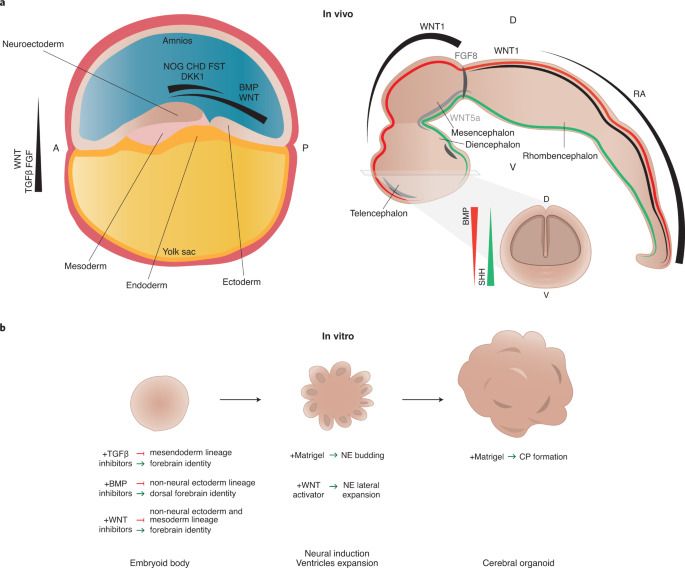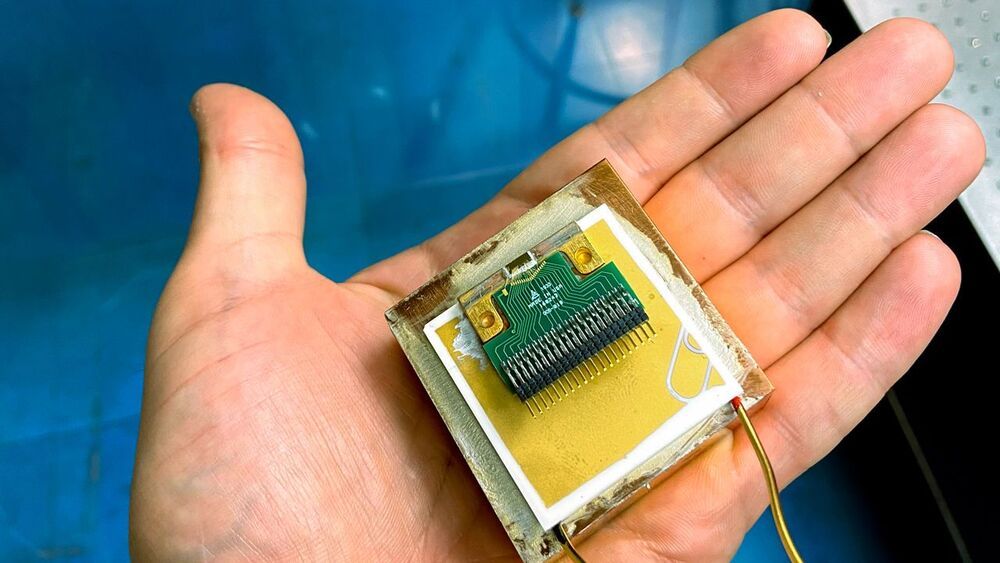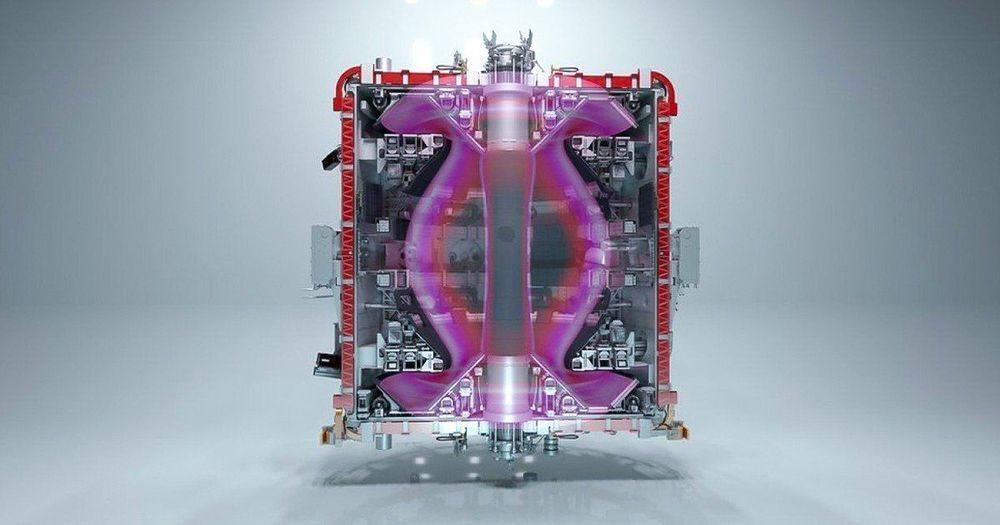Researchers see structural changes in genetic material that allow memories to strengthen when remembered.
Chiaradia and Lancaster review applications and limitations of brain organoids, placing them in context with other technologies and describing how these methods are heavily informed by in vivo development.
New semiconductor lasers work with small, portable coolers, enabling applications outside laboratories.
Intel continues to snap up startups to build out its machine learning and AI operations. In the latest move, TechCrunch has learned that the chip giant has acquired Cnvrg.io, an Israeli company that has built and operates a platform for data scientists to build and run machine learning models, which can be used to train and track multiple models and run comparisons on them, build recommendations and more.
Intel confirmed the acquisition to us with a short note. “We can confirm that we have acquired Cnvrg,” a spokesperson said. “Cnvrg will be an independent Intel company and will continue to serve its existing and future customers.” Those customers include Lightricks, ST Unitas and Playtika.
Intel is not disclosing any financial terms of the deal, nor who from the startup will join Intel. Cnvrg, co-founded by Yochay Ettun (CEO) and Leah Forkosh Kolben, had raised $8 million from investors that include Hanaco Venture Capital and Jerusalem Venture Partners, and PitchBook estimates that it was valued at around $17 million in its last round.
Nylon might seem the obvious go-to material for electronic textiles—not only is there an established textiles industry based on nylon, but it conveniently has a crystalline phase that is piezoelectric—tap it and you get a build-up of charge perfect for pressure sensing and harvesting energy from ambient motion.
Unfortunately, forming nylon into fibers while getting it to take on the crystal structure that has a piezoelectric response is not straightforward. “This has been a challenge for almost half a century,” explains Kamal Asadi, a researcher at the Max-Planck Institute for Polymer Research, Germany, and professor at the University of Bath, U.K. In a recent Advanced Functional Materials report, he and his collaborators describe how they have now finally overcome this.
The piezoelectric phase of nylon holds appeal not just for electronic textiles but all kinds of electronic devices, particularly where there is demand for something less brittle than the conventional piezoelectric ceramics. However, for decades, the only way to produce nylon with the crystalline phase that has a strong piezoelectric response has been to melt it, rapidly cool it and then stretch it so that it sets into a smectic δ’ phase. This produces slabs typically tens of micrometers thick—far too thick for applications in electronic devices or electronic textiles.
The catalogue also provides information on how the black holes spin, which holds the key to understanding how the objects came to orbit each other before they merged. It shows that, in some binary systems, the two black holes have misaligned axes of rotation, which would imply that they formed separately. But many other binaries appear to have roughly aligned axes of rotation, which is what astrophysicists expect when the two black holes began their lives as a binary star system. Two schools of thought in astrophysics have each favoured one of the two scenarios, but it now appears that both were correct, Fishbach says.
Astrophysicists now have enough black-hole mergers to map their frequency over the cosmos’s history.
Point your phone’s camera at taking a picture and translate it… and the wizard in the app automatically translates the word(s) for you.
A new spherical tokamak in the U.K. could overcome one of the biggest hurdles to nuclear fusion power: the “exhaust problem”.
Together with CISA and the FBI, US Cyber Command wish Russian state hackers a “Happy Halloween!”
A biotech startup from Spain is making batteries that can power lights, music, and screens by using electrcity generated from soil microbes.









